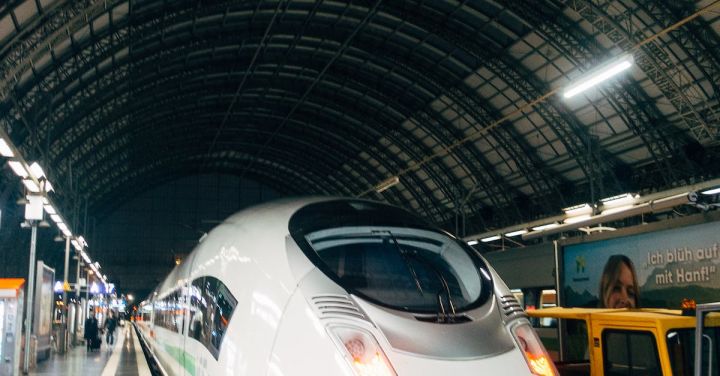In the realm of transportation, few innovations have captured the world’s attention quite like the Shinkansen. Commonly known as the “bullet train,” this high-speed rail system has revolutionized travel in Japan and set a new standard for efficiency, speed, and safety.
The story of the Shinkansen begins in the 1950s, a time when Japan was rebuilding itself after the devastation of World War II. As the country embarked on a path of rapid economic growth, the need for a modern and efficient transportation system became increasingly apparent. Traditional railways were deemed too slow and outdated to meet the demands of a rapidly industrializing nation.
Thus, the idea of a high-speed rail network was born. The goal was to develop a train that could travel at speeds of over 200 kilometers per hour, reducing travel times and connecting major cities across Japan. This ambitious vision, however, came with significant challenges and obstacles.
First and foremost, safety was a primary concern. Engineers had to design a train that could withstand earthquakes, typhoons, and other natural disasters common in Japan. This led to the development of advanced technologies such as the use of double-track construction to prevent derailments and active suspension systems to absorb vibrations.
Construction of the first Shinkansen line, the Tokaido Shinkansen, began in 1959. The line connected Tokyo and Osaka, two of Japan’s largest cities, and was completed in time for the 1964 Tokyo Olympics. The debut of the Shinkansen captured the world’s imagination, with its sleek design and remarkable speed.
The impact of the Shinkansen on Japan cannot be overstated. It transformed the way people traveled, making long-distance trips faster and more comfortable. No longer did travelers have to endure crowded and slow-moving trains; instead, they could zip across the country in a matter of hours.
The success of the initial line paved the way for the expansion of the Shinkansen network. Today, the system consists of multiple lines, connecting cities such as Nagoya, Kyoto, and Hiroshima. The trains themselves have also undergone significant advancements, with newer models reaching speeds of up to 320 kilometers per hour.
Beyond its practical benefits, the Shinkansen has become a symbol of Japan’s technological prowess and innovation. It has inspired awe and admiration from travelers around the world, who marvel at its precision and efficiency. The trains are known for their punctuality, with average delays measured in seconds rather than minutes.
In addition to its technological achievements, the Shinkansen has had a profound impact on Japan’s economy. The improved connectivity between cities has facilitated the movement of goods and people, boosting regional development and fostering economic growth. It has also stimulated tourism, with visitors eager to experience the thrill of riding the world’s fastest trains.
The success of the Shinkansen has not gone unnoticed by other countries. Several nations, including France, China, and Spain, have developed their own high-speed rail networks based on the Japanese model. The Shinkansen’s influence is now felt worldwide, shaping the future of transportation.
In conclusion, the Shinkansen is a testament to Japan’s ingenuity and ambition. It has transformed the way people travel, setting new standards for speed, safety, and efficiency. As the world continues to look for sustainable and efficient transportation solutions, the Shinkansen serves as a shining example of what can be achieved through innovation and determination.
